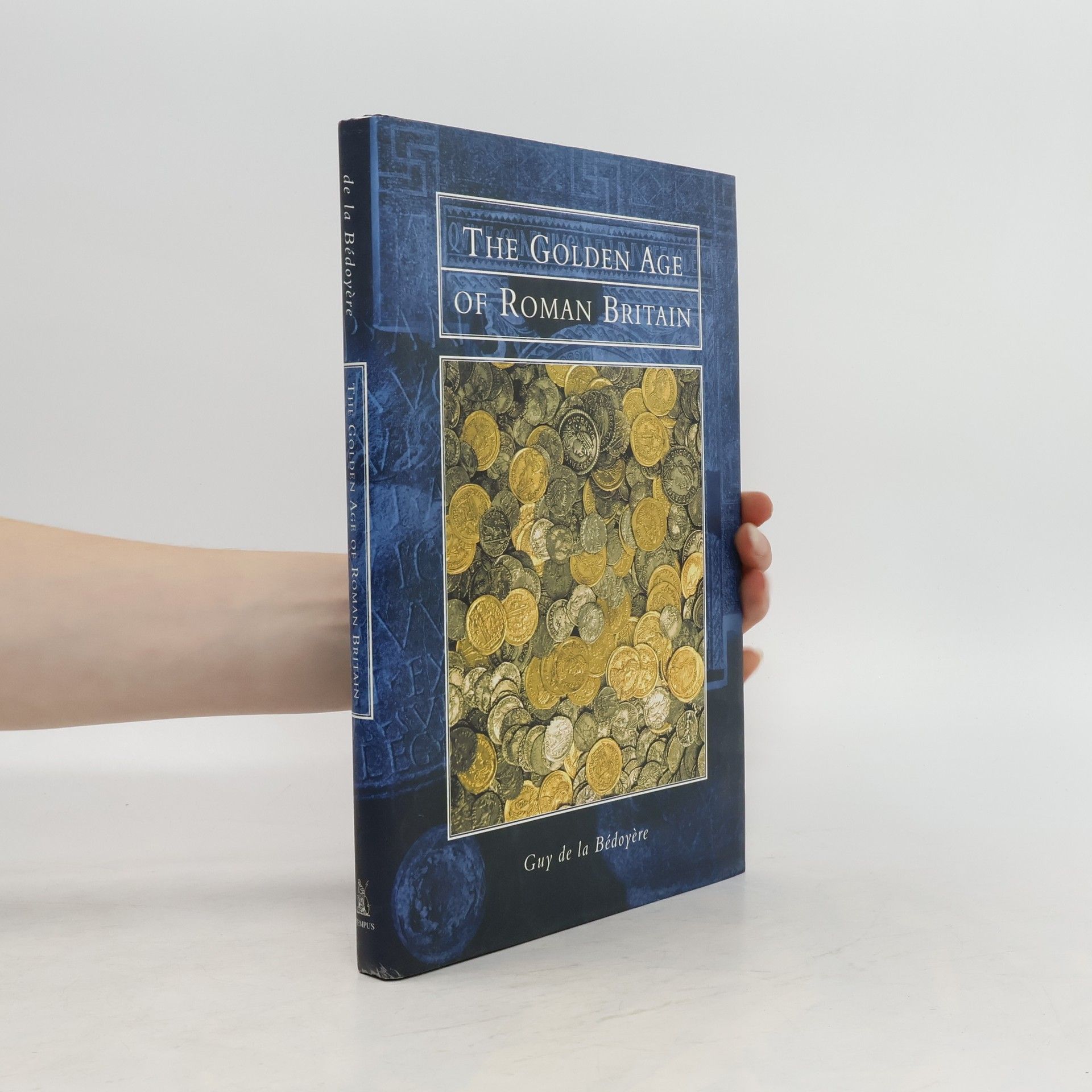Rome ! Que cela évoque-t-il pour vous ? Jules César ? Les vestiges du Colisée ? L'ensevelissement de Pompéi en l'an 79 ? Des péplums hauts en couleur mettant en scène des courses de chars et autres combats de gladiateurs herculéens ? Ou peut-être ces ponts traversés par des siècles d'histoire et pourtant toujours debout... ? Si vous voulez découvrir en quoi l'Antiquité romaine fut l'une des périodes les plus passionnantes de l'Histoire, plongez vite dans cet ouvrage documenté et agréable à lire. Vous y apprendrez pourquoi les Romains ont été les cadors de l'Antiquité et entrerez de plain-pied dans une société aux classes sociales rigides, dotée d'une forte organisation et d'une armée de fer. Vous y découvrirez comment le peuple se divertissait, se déplaçait, priait et commerçait. Vous vous étonnerez surtout de la réussite d'un petit hameau de rien du tout devenu une grande puissance. Mais le pouvoir corrompt, et bientôt vous vivrez dans ces pages la fin de la République romaine, la guerre civile et la naissance de l'Empire, qui malgré un âge d'or de près de deux cents ans, commencera par se déliter sous le règne de brutes épaisses et autres fous furieux, puis finira par s'effondrer. Ecrit par un spécialiste de l'histoire romaine bien connu dans le monde des médias anglo-saxons, Guy de la Bédoyère, et adapté par l'historienne Catherine Salles, ce livre est une formidable porte ouverte sur la riche histoire et la fascinante civilisation de la Rome antique
DE LA BEDOYERE GUY Livres






This book places the remains of great houses such as Bignor and Chedworth and treasures like Thetford and Hoxne in their historical, literary and social context
Architecture in Roman Britain
- 72pages
- 3 heures de lecture
The Roman period was Britain's great architectural age, though this is difficult to appreciate from the ruinous state of the sites that survive. This book looks at how in a few years Britain witnessed the design and erection of an astonishing range of buildings, from mundane and functional houses through to temples and civil engineering projects.
The buildings of Roman Britain
- 258pages
- 10 heures de lecture
This book deals thematically with an extensive range of building types, from country villas and urban basilicas to bridges and lighthouses. It covers construction techniques, including interior decoration and features; military buildings, including frontier works, Hadrian's Wall, and the Antonine Wall; public buildings, including market buildings, inns, and monumental arches; sacred sites, including Romano-Celtic temples, Mithraea, and rural shrines; and much more. The appendices deal with orthographic projections, inscriptions, recommended sites, and Romano-British history.
Roman Britain
- 288pages
- 11 heures de lecture
Deals with the Roman conquest and occupation within the larger context of Romano-British society and how it functioned. With nearly 300 illustrations and aerial views of Roman sites, and brimming with research and discoveries, this title intends to inform all those with an interest in this seminal epoch of British history.
Guy de la Bedoyere's new book is a history of a key period in ancient Egypt's astonishing history that tears away the gold and glamour to show how some of the first great historical personalities ruled Egypt ruthlessly for 250 years between 1550 BC and 1295 BC.
Guy de la Bedoyere's gripping narrative history gives a sense of what it was like to be a soldier in the army that brought the Romans their empire
Praetorian
- 344pages
- 13 heures de lecture
A riveting account of ancient Rome's imperial bodyguard, the select band of soldiers who wielded the power to make--or destroy--the emperors they served Founded by Augustus around 27 B.C., the elite Praetorian Guard was tasked with the protection of the emperor and his family. As the centuries unfolded, however, Praetorian soldiers served not only as protectors and enforcers but also as powerful political players. Fiercely loyal to some emperors, they vied with others and ruthlessly toppled those who displeased them, including Caligula, Nero, Pertinax, and many more. Guy de la B doy re provides a compelling first full narrative history of the Praetorians, whose dangerous ambitions ceased only when Constantine permanently disbanded them. de la B doy re introduces Praetorians of all echelons, from prefects and messengers to artillery experts and executioners. He explores the delicate position of emperors for whom prestige and guile were the only defenses against bodyguards hungry for power. Folding fascinating details into a broad assessment of the Praetorian era, the author sheds new light on the wielding of power in the greatest of the ancient world's empires.
A captivating popular history that shines a light on the notorious Julio- Claudian women who forged an empire
Pottery in Roman Britain
- 72pages
- 3 heures de lecture
This book looks at how pottery was made and circulated and how pottery can be useful to archaeologists. It goes on to look at the different types of wares that existed in the four centuries of Roman Britain. These include vessels imported from the most exotic regions of the Roman Empire, products of the samian industries of Gaul and those of local kitchenware industries in Britain. Products were as diverse as bowls, amphorae and lamps, while fired clay was also used to make tiles, figurines and even moulds for metalworking. The wide range of illustrations makes the book invaluable both to students and to archaeologists digging on-site, as well as to those interested in finding out more about a remarkable period of life in the history of Britain.
